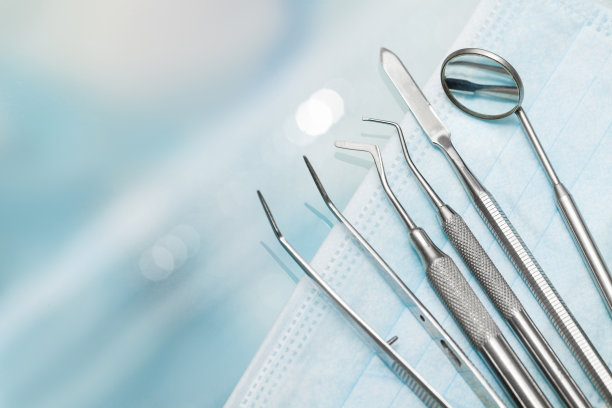Navigating the Experience of Extracting a Tooth Understanding the Reasons Procedures and Aftercare Tips for a Smooth Recovery
Summary: Tooth extraction, while often necessary, can be a daunting experience for many. This article explores the fundamental reasons behind tooth extractions, outlines the procedures involved, and provides essential aftercare tips to ensure a smooth recovery. We delve into why teeth may need to be removed, what to expect during the extraction process, and how to care for yourself post-surgery. Understanding these aspects can help alleviate anxiety, promote effective recovery, and empower patients to make informed decisions regarding their dental health.
1. Reasons for Tooth Extraction: Why It Happens

Tooth extraction is often deemed necessary for various reasons. The most common one is dental decay. When cavities are severe, they can compromise the strength and integrity of a tooth, rendering it unrepairable. In such cases, extraction may be the best course of action to alleviate pain and prevent further complications.
Another reason for extraction is orthodontic treatment. Sometimes, teeth need to be removed to create space for proper alignment. This is particularly common in cases of overcrowding, where a patient’s mouth cannot accommodate all their teeth. Removing specific teeth can facilitate the movement of others into their proper positions.
Lastly, wisdom teeth removal is a common procedure among young adults. These third molars often do not have enough space to grow, leading to pain, infection, or misalignment. Removing them preemptively can prevent these issues and promote better oral health overall.
2. Understanding the Tooth Extraction Procedure
The tooth extraction process often starts with a thorough dental examination, including X-rays. This allows the dentist to assess the tooths condition and plan the extraction accordingly. During your visit, the dentist will explain the procedure, ensuring that you understand what to expect next.
On the day of the extraction, anesthesia will be administered to ensure comfort. Depending on the complexity of the extraction, either local anesthesia or sedation might be used. The dentist will carefully remove the tooth, and you may feel pressure, but there should be no pain.
Once the tooth is extracted, the dentist will provide you with post-operative instructions and may place gauze over the extraction site to control bleeding. Understanding the procedure in advance can significantly reduce anxiety and prepare patients for the experience.
3. Essential Aftercare Tips for Recovery
Post-extraction care is crucial for ensuring proper healing. One of the primary recommendations is to bite down on the gauze placed by your dentist for about 30-45 minutes to help stem bleeding. After that, you should avoid strenuous activities for at least 24 hours to facilitate healing.
Another important tip is to stick to a soft-food diet for the initial days following the extraction. Foods like yogurt, applesauce, and mashed potatoes are gentle on the mouth and can help prevent discomfort. Staying hydrated is essential, but avoid using straws, as the suction can dislodge the blood clot and hinder the healing process.
Lastly, maintaining oral hygiene is important, but be cautious around the extraction site. Gently rinse your mouth with salt water starting 24 hours after the procedure to keep the area clean. Following these aftercare steps can significantly impact the recovery process and help prevent complications.
4. Recognizing Complications During Recovery
While most recoveries are smooth, it’s important to be aware of potential complications. One such issue is dry socket, which occurs when the blood clot at the extraction site dislodges. This can lead to intense pain and prolonged healing. If you experience severe pain days after the procedure, contact your dentist for evaluation.
Another complication is infection, which may present as swelling, persistent pain, or fever. If you notice any of these symptoms, seek medical attention promptly. Most infections can be treated effectively with antibiotics when addressed early on.
Lastly, be cautious of excessive bleeding. While some bleeding is normal, significant blood loss or blood that continues beyond the first few hours should not be ignored. If this occurs, returning to your dentist for further assessment is vital.
Summary:
Understanding the necessity and process of tooth extraction can alleviate the anxiety associated with this common procedure. By knowing the reasons for extraction, what to expect during the procedure, and how to care for yourself afterward, patients can navigate their experiences with confidence. It’s equally important to recognize potential complications and seek advice if needed. Overall, being informed and prepared can lead to a smoother recovery and better oral health.
This article is compiled by Vickong Dental and the content is for reference only.


